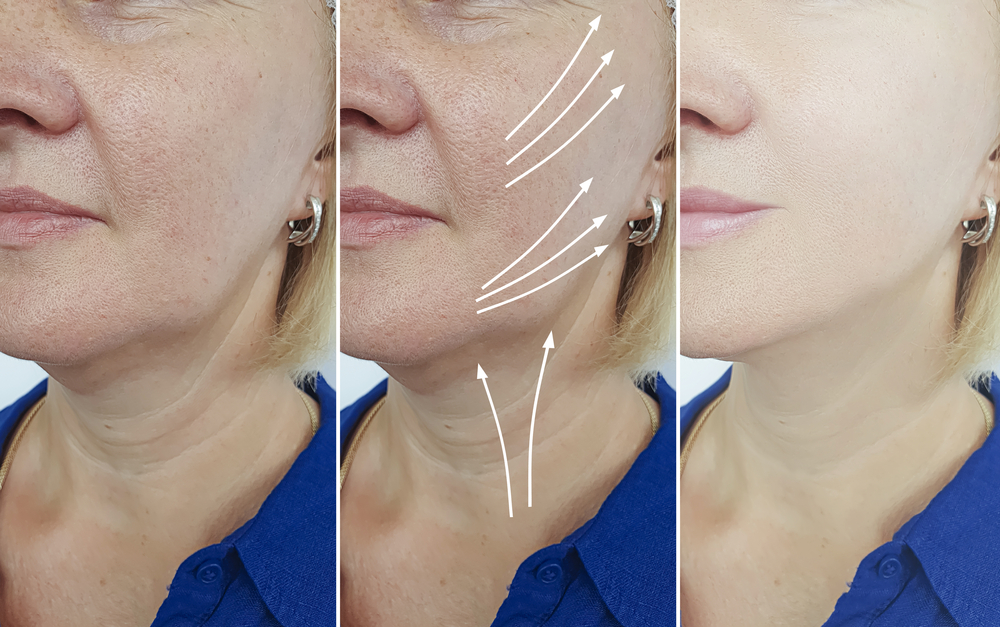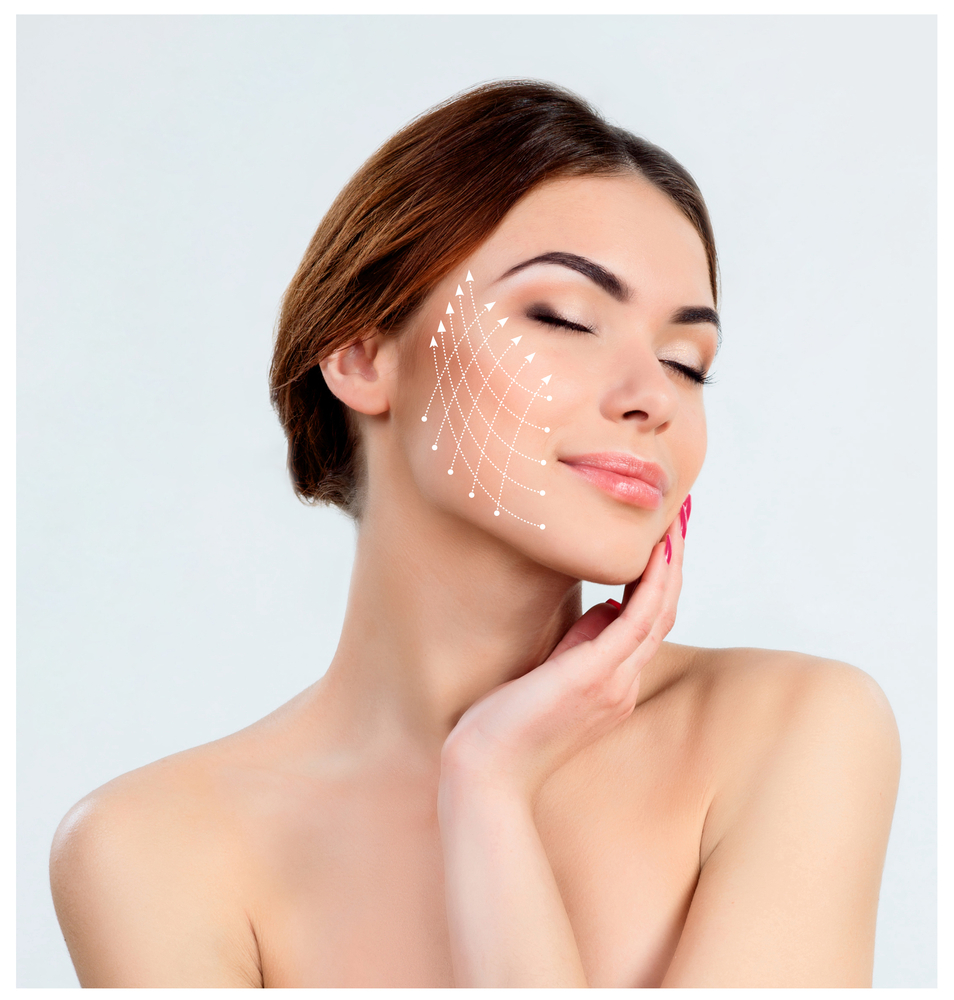PDO thread lifts are a non-invasive cosmetic procedure leading to younger looking tighter skin by eliminating, wrinkles, fine lines, and sagging skin.
Inserting PDO threads can have a number of positive effects on the human body and are often used in medical procedures such as heart surgeries.
One of the main reasons for this is that these threads naturally dissolve over time, meaning there is no need for invasive removal and the procedure is far safer than surgical alternatives.
For this reason, it is no surprise that PDO thread lifts are some of the most popular cosmetic procedures in the Glasgow area, leading to younger looking skin, eliminating wrinkles and removing sagging skin.
How do thread lifts work?

Unlike with a surgical facelift, there are no incisions made to the skin itself with a thread lift Glasgow treatment.
Instead, threads are simply placed underneath the skin, parallel to the surface, in order to achieve a tighter and firmer looking appearance.
This effect is achieved in two different ways. Firstly, inserting the threads results in an immediate tightening of the skin, with the more skilful the doctor, the more pronounced the results. Secondly, the presence of the threads under the skin will prompt an inflammatory response within your body, leading to the production of collagen and elastin within the dermis.
These substances are naturally occurring in the human body, and the main substances responsible for smooth skin, but do decline over the years, and it is this decline that is responsible for many of the most common signs of aging in the face. Re-stimulating production can help to reverse these effects, leaving your skin looking younger and more vibrant than ever before.
6 benefits of thread lifts
Thread lifts have an incredible number of different benefits, both aesthetic and otherwise that make the procedure so attractive to a wide variety of different people.
These include:
Tighter skin
By tightening the skin of the face, particularly in the cheeks, and jowls, thread lifts will help to reduce the signs of sagging skin.
Whilst they will not remove the skin completely in the same way as a surgical facelift, by drawing is tight in a natural looking way, you will achieve many of the same results, without all the disruption and downtime associated with surgery.

Increased Collagen and Elastin production
The results of a thread lift get better and better over time as the increased production of collagen and elastin they lead to furthers the tightening and smoothing effects of the PDO threads themselves.
Smooth Skin
As collagen production falls over the years rough skin can become an issue/ If you are finding that no moisturising routine will counter the rough and uneven surface of your face, a thread lift could be the answer, tightening the skin to an extent many blemishes will simply disappear.
Very limited downtime
We think that everyone should have access to the incredible effects that cosmetic treatments can have. Many people simply put up with issues that they would rather tackle such as uneven skin and wrinkles as they are incredibly busy in their lives, and don’t have time to take weeks off work whilst they recover from surgery.
A tread lift, however, comes with extremely limited downtime as there are no scars to heal or trauma to recover from, making it the perfect choice for busy professionals looking to give their skin a boost.
Long-term results
As mentioned, one of the stand out benefits of PDO thread lifts is that they promote collagen and elastic production. The reason this is so beneficial is that results will gradually continue to improve over time. The main negative of non-surgical cosmetic procedures tends to be that the results don’t last that long and that you need to return to the clinic on a semi-regular basis to maintain the effects.
A thread-lift, on the other hand will produce results for over a year in many cases, and given that the entire process only takes around an hour in most cases, maintaining the fantastic benefits they provide is extremely simple, and won’t take up much of your valuable time.
Few side effects
All cosmetic procedures, no matter how safe, have a few potential side effects that you need to be aware of. PDO thread lifts are fully FDA-approved, meaning that they have a very high level of safety, and complications are incredibly rare.
For the vast majority of people, the most they will experience is minor redness and swelling around the injection site, and even this will dissipate after just a few days. On occasion there may also be some bruising or minor bleeding.
As PDO threads are made from a synthetic biological material, the risk of an allergic reaction is also minimal.
If you experience anything more severe than this, such as bleeding that simply won’t stop, get in touch with your doctor as soon as you can.
